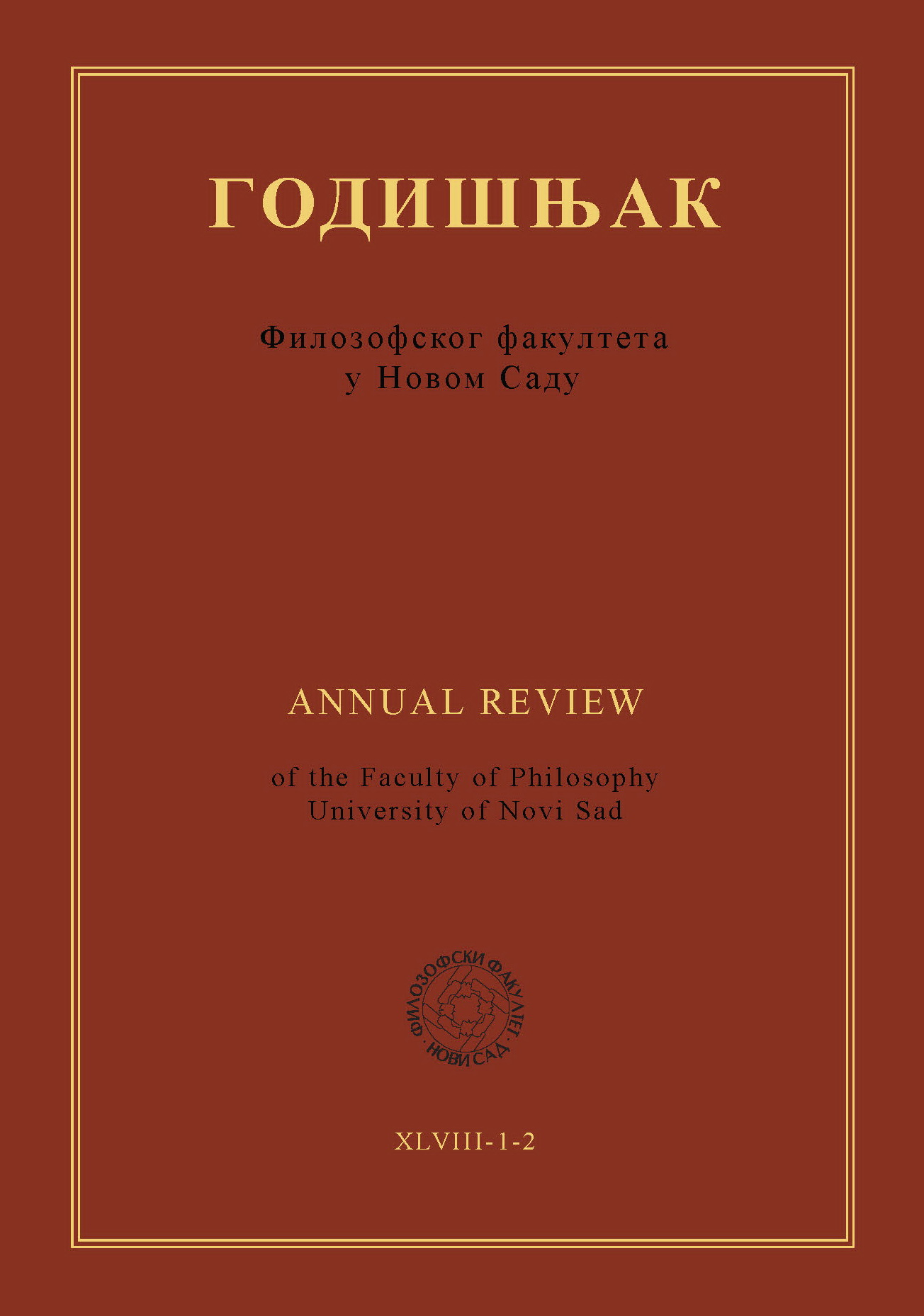INNOCENCE, EXPERIENCE AND NEGATIVE CAPABILITY: THE ROMANTIC CHILD IN PHILIP PULLMAN’S HIS DARK MATERIALS
Main Article Content
Abstract
Children’s literature is still heavily influenced by Romanticism and its ideology of the holiness and innocence of The Child, particularly the Wordsworthian “father of the man”, who is a figure of both great spirituality and naivety, able to intuitively grasp the inner workings of the universe. In light of this idea, and using current research into children’s literature, this paper examines Philip Pullman’s trilogy His Dark Materials (Northern Lights, 1995; The Subtle Knife, 1997; The Amber Spyglass, 2000), arguing that it offers a typically Postmodern interpretation of the Romantic Child, simultaneously affirming and subverting this ideological construct, through intertextual re-imaginings of William Wordsworth’s Platonism, William Blake’s concepts of Innocence and Experience, and John Keats’ theory of negative capability.
Downloads
Article Details

This work is licensed under a Creative Commons Attribution-ShareAlike 4.0 International License.
References
Blake, W. (1988). The Complete Poetry and Prose of William Blake: Newly Revised Edition (edited by David V. Erdman and with the commentary by Harold Bloom). New York: Anchor Books.
Coats, K. (2018). The Bloomsbury Introduction to Children’s and Young Adult Literature. London: Bloomsbury Academic. DOI: https://doi.org/10.5040/9781474205306
Cogan-Thacker, D.–Webb, J. (2002). Introducing Children’s Literature: From Romanticism to Postmodernism. London & New York: Routledge.
Deahl, R. (14 December 2012). New Adult: Needless Marketing-Speak Or Valued Subgenre? Publishers Weekly. https://www.publishersweekly.com/pw/by-topic/industry-news/publishing-and-marketing/article/55164-new-adult-needless-marketing-speak-or-valued-subgenre.html Retrieved: 20 September 2023
Gavin, A. E. (ed.). (2012). The Child in British Literature: Literary Constructions of Childhood, Medieval to Contemporary. Basingstoke: Palgrave McMillan. DOI: https://doi.org/10.1057/9780230361867
Hunt, P. (ed.). (2006). Understanding Children’s Literature: Second Edition. London & New York: Routledge. DOI: https://doi.org/10.4324/9780203968963
Hunt, P.–Lenz, M. (2003). Alternative Worlds in Fantasy Fiction. London & New York: Continuum.
Keats, J. (1899). The Complete Poetical Works and Letters of John Keats: Cambridge Edition. Boston & New York: Houghton Mifflin Company.
King-Hele, D. G. (1992). Shelley and Science. Notes and Records of the Royal Society of London, 46(2), 253–265. http://www.jstor.org/stable/531637 Retrieved: 30 November 2023 DOI: https://doi.org/10.1098/rsnr.1992.0025
Pullman, P. (2012). His Dark Materials (Northern Lights; The Subtle Knife; The Amber Spyglass). London: Scholastic Children’s Books.
Ruwe, D. (2014). British Children’s Poetry in the Romantic Era: Verse, Riddle, and Rhyme. Basingstoke: Palgrave McMillan DOI: https://doi.org/10.1057/9781137319807
Tucker, N. (2017). Darkness Visible: Philip Pullman and His Dark Materials. London: Icon Books.
Wordsworth, W. (2010). 21st–Century Oxford Authors: William Wordsworth, edited by Stephen Gill. Oxford: Oxford University Press.




